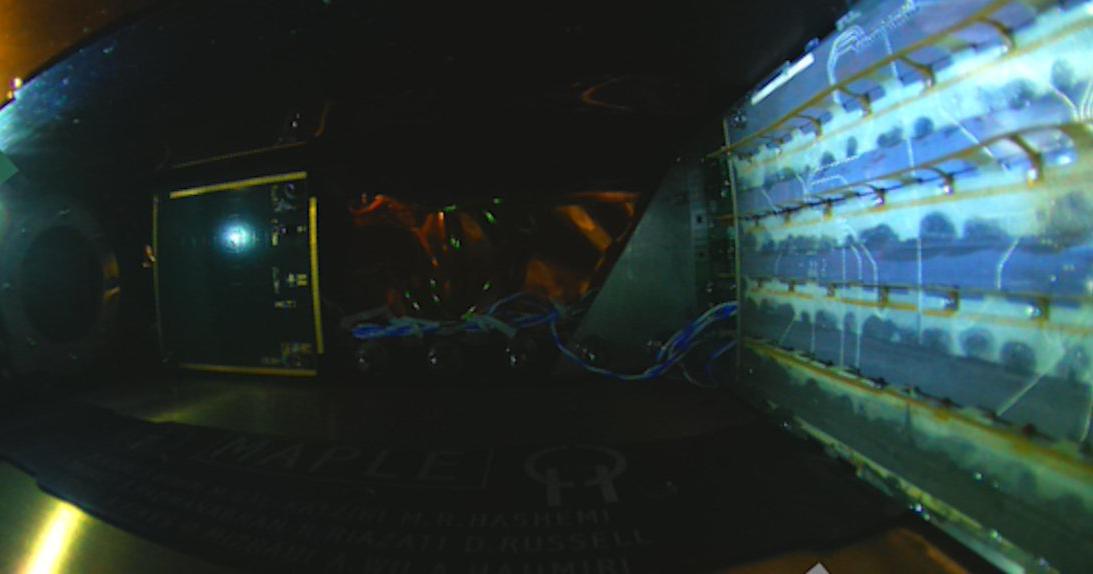Cannot get my head around this being cost efficient, but maybe a fraction of the total power consumption is needed to be always available, no matter the cost?
I’d say the sun beat them to it some billions of years ago. /s
Cool but I wonder what happens when a bird or plane or something else crosses in front of that microwave path
I think there are different microwave frequencies. As far as I know, „the microwave“ is using a special frequency, that is absorbed by the water in the food, which heats stehe for up. I think they would use an other frequency, so the radiation is not absorbed by clouds. So it should not harm birds. Planes might need to fly around the path of the rays. Should be possible with a fixed ground station.
I’m pretty skeptical of this as well. The linked Nikkei article explains how it helps for clouds, since Microwaves pass through, but I don’t understand how it helps for the time of day. If the satellite is facing the sun and trying to send a microwave to an area away from the sun, it’d need to pass through the earth itself or relay around other satellites (in which case I’d assume a mirror of sunlight is far more efficient).
There was also the suggestion of it being useful to deliver power to war torn or remote regions, and they wouldn’t need any terrestrial power transmission. But… they’d still need a receiver, in which case they’re likely better off just having their own terrestrial solar panel. This feels a bit like a solution in search of a problem.
I think it cannot help with the day night problem, like you described. Maybe solving the weather/cloud Problem is enough.
Yeah, might be. I’d be curious how the transfer efficiency compares between sending microwaves from space through clouds and terrestrial power transfer from a site miles away with different weather. My gut is that the terrestrial solar wins, but it’s not my area
at a quick guess i’d say right now you’re probably correct.
though wireless power methods have the future potential to scale wired delivery out of the park.
i think this concept is probably something along those lines: in the future it could do some pretty awesome stuff, but it’s complicated to do it right, so we kind of need to start now so that by the time its ready to shine its actually mature enough to do so.
Test




